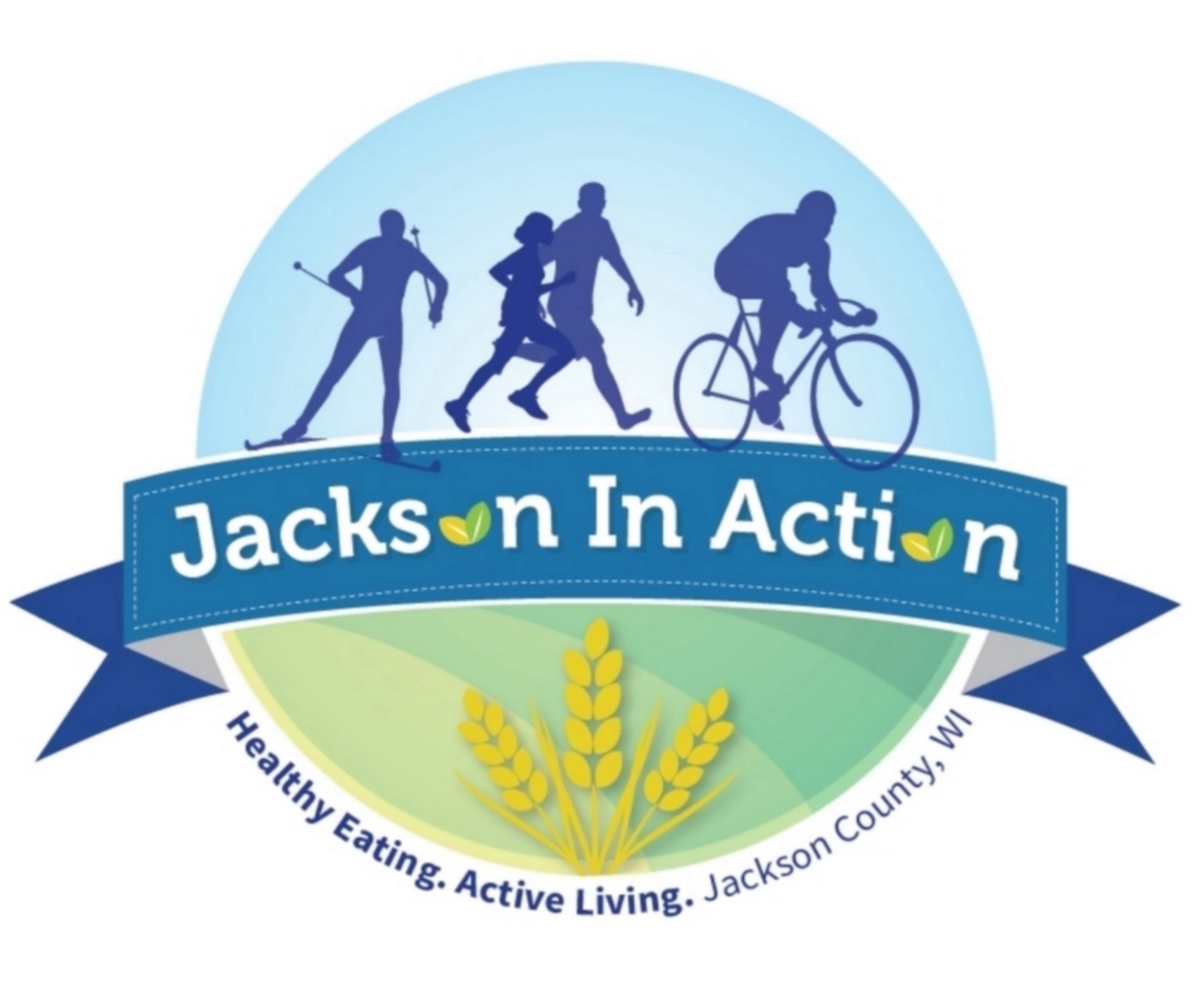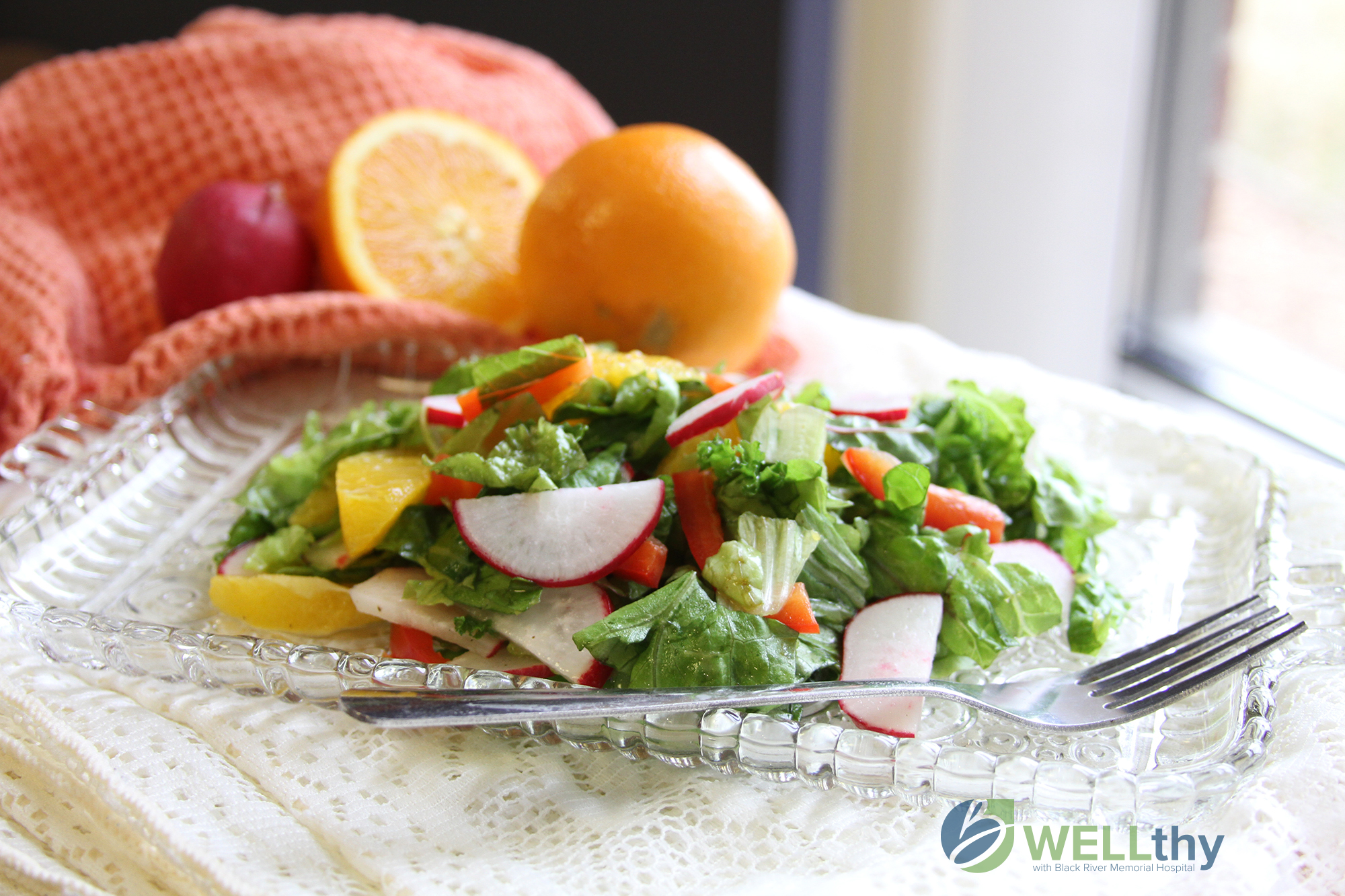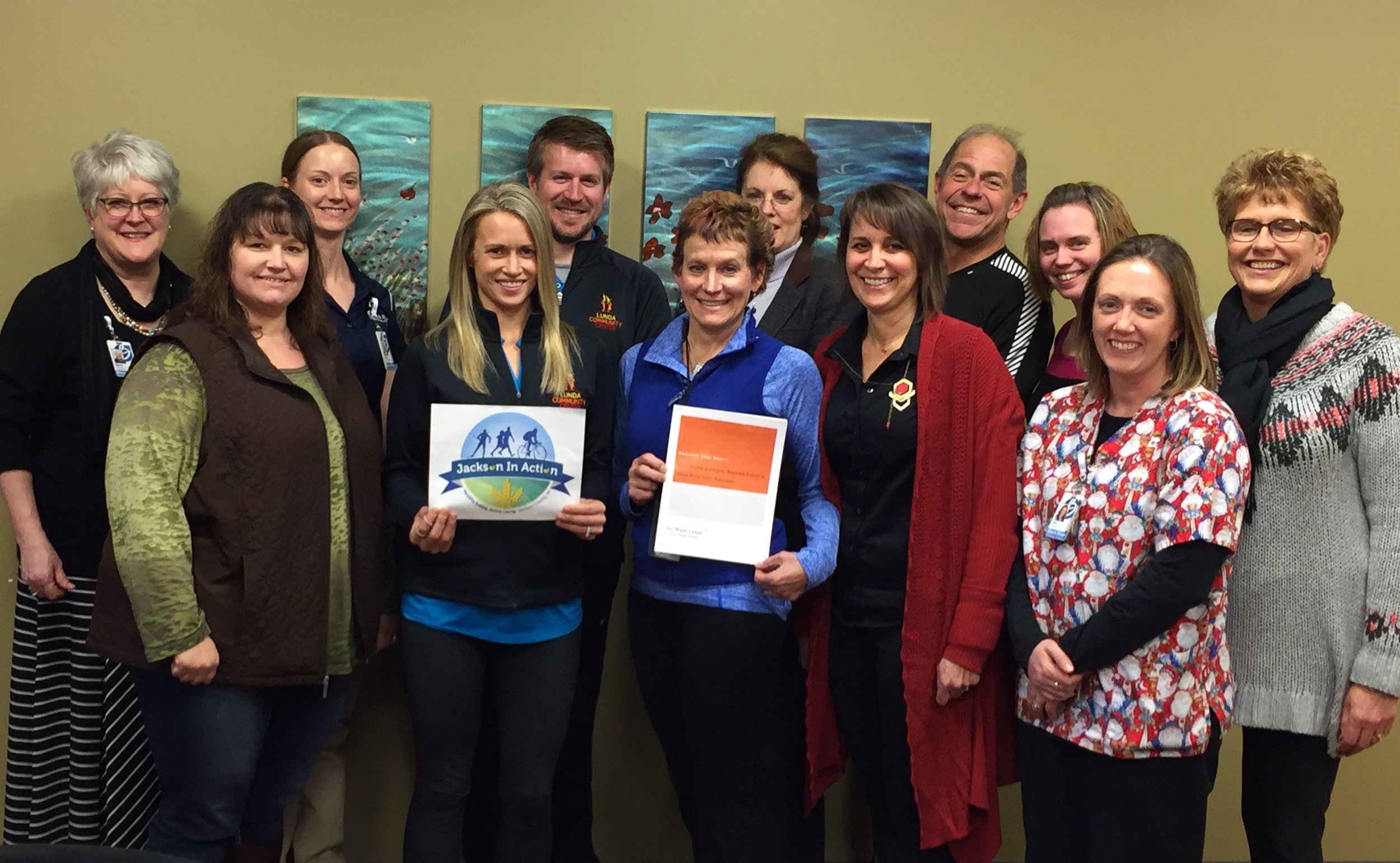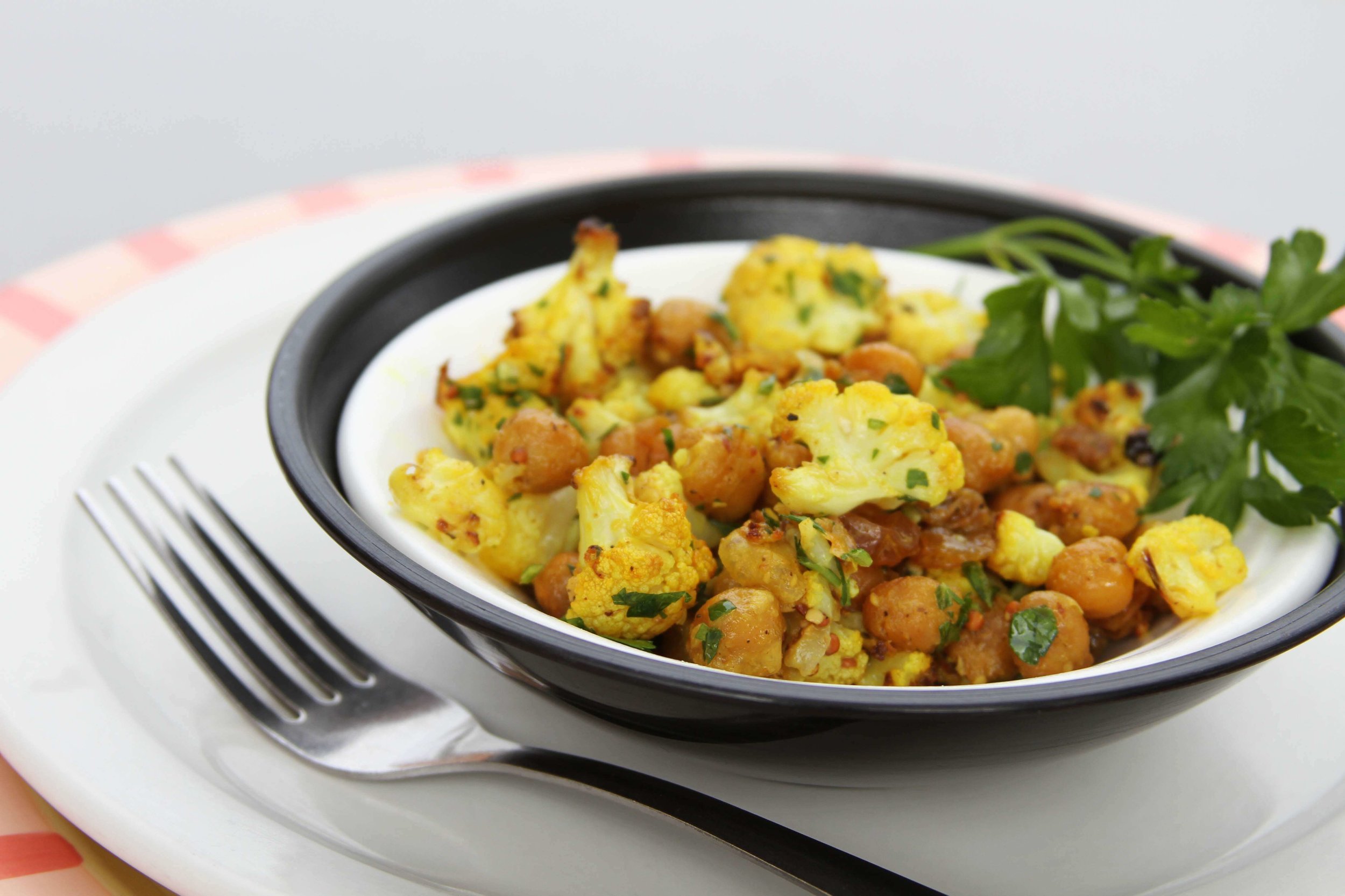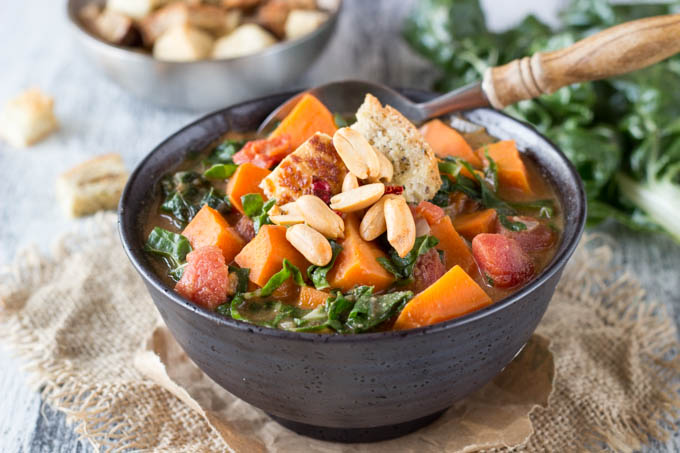By Ruth Lahmayer Chipps, MS, RDN, CD ---Jackson In Action Communications Director
Photo credit: Katie Schmidt
Asparagus is a nutrition superstar and May and June are the months to celebrate this delicious vegetable. Harvest of the Month is a Jackson County, Wisconsin initiative that highlights a different produce item every month. May features asparagus cooking demos on WEAU-TV 13, Eau Claire, Wisconsin and a taste-testing event at Black River Memorial Hospital. Fresh asparagus “ribbons” are the headliner in the featured recipe.
Asparagus is rich in compounds that may help reduce the risk of diseases such as cancer and promote healthy aging. Beyond the health benefits, asparagus is delicious and versatile—it’s commonly roasted, steamed, grilled, boiled and sautéed. The featured recipe this month uses fresh uncooked asparagus shaved into crispy ribbons tossed with a lemon parsley dressing.
Asparagus Tid Bits:
Asparagus is related to onions, leeks and garlic.
Most asparagus is grown in California but can be found in local markets mid-May to mid-June.
Prepare by removing the woody ends, gently bend the end of each asparagus spear until it snaps naturally.
For best results store upright in fridge with a damp paper towel on the ends. Cover lightly with plastic.
Asparagus Nutrition
Nutrient-dense; high in folic acid; good source of potassium, fiber, vitamin B-6, Vitamins A, C, and thiamine. Ranked among the top fruits and vegetables for its ability to reduce the effect of cell damage and promote healthy aging.
Featured Harvest of Month May Recipe:
CRISPY ASPARAGUS LEMONY RIBBON SALAD
Crispy Asparagus Lemony Ribbon Salad
This spring favorite takes on a new twist with uncooked crispy asparagus ribbons. They're easy to make with a simple potato-peeler. The garlic lemon parsley vinaigrette brings a burst of freshness to the crispy salad with spring radishes, feta cheese and walnuts. See the video above for action and details.
Dressing:
Zest of 1 lemon
3 tablespoons fresh lemon juice
1 tablespoon white vinegar
2 t. sugar
2 tablespoons olive oil
2 tablespoons fresh parsley chopped
1 clove garlic minced
½ teaspoon kosher salt to taste
¼ t. ground black pepper
Salad:
1 bunch fresh asparagus
½. c. thin sliced radishes
¼ c. red onion thinly sliced
½ cup walnuts chopped
½ cup feta cheese crumbles
Method:
Stir together dressing ingredients.
Make asparagus ribbons: Place spear flat on cutting board and shave with a carrot/potato peeler.
Put ribbons in medium bowl. Add dressing to asparagus (use about half of dressing or more). Add the additional vegetables, walnuts and feta cheese if desired. Keep extra dressing in refrigerator.
Makes 6 Servings. Nutrition information per serving (2/3 c.): 170 Calories, 13g Fat, 7g Carb., 3g Fiber, 7g Protein
More OPTIONS FOR SERVING: Top with chopped cooked eggs and/or chopped avocado; Add cooked lentils for protein.
(See recipe video at www.brmh.net/recipes).
To view a video of the recipe and printable recipe, go to www.JacksonInAction.org/recipes
“Harvest of the Month is a partnership between Jackson County Department of Health and Human Services, Black River Memorial Hospital, Together for Jackson County Kids, Ho-Chunk Nation, UW Extension-Jackson County, Lunda Community Center, Boys and Girls Club, Hansen’s IGA, local school districts, The Library and the community.”
More at: www.JacksonInAction.org
Ruth Lahmayer Chipps, MS, RDN, CD is Communications Director for Jackson In Action and Registered Dietitian Nutritionist at Black River Memorial Hospital. She develops B-WELLthy Harvest of the Month recipes and videos.
